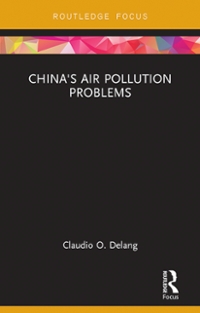These are three questions that I am having trouble on for our current practice sheet about "Production, Cost, and the Perfect Competition Model", I would appreciate any help! Thank you in advance!
1. (03.01 03.07 MC) Use the graph to answer the free-response question. Show any calculations and be sure to label your response. MC ATC AVC Price $2 10 14 15 18 22 Quantity Assume that the firm above operates in a perfectly competitive market. a. What will this firm's total revenue be if the market price is $4? b. Assume the market is in short-run equilibrium and this firm is earning normal profits. What must be the market price? c. If the short-run market price is $6, will the firm produce or shut down? d. How would the price from part (c) move to the long-run equilibrium price level? Explain. e. If the government instituted a lump-sum tax, which of the curves above would move, if any?2. (03.01 03.07 HC) Product G is sold in a perfectly competitive, constant-cost industry. a. Draw a side-by-side graph for product G showing the market in long-run equilibrium with an individual firm earning normal profit. Label each of the following: i. The market's equilibrium price (PE) and quantity (QE) ii. The firm's profit-maximizing quantity (QE) b. How would it affect the quantity demanded if the government imposed a price floor below PE? c. The price of F, a complement for product G, decreases. Illustrate on your graph from part (a) the result of this in the short run. i. Label the new market price (P2) and new market quantity (Q2). ii. Shade completely any profit or loss for the firm. d. The price of F decreased by 5 percent, while the quantity demanded of G changed by 20 percent. What is the cross-price elasticity of G and F? e. What happens to the productive efficiency of the firm in the short run as a result of the change described in part (c)? f. What will happen to the price of G in the long run? Explain. g. In long-run equilibrium, the individual firm produces 200 units of G. At that level of output, its total cost is $1,000. If the firm is earning normal profits, what must be the market price? h. The whole market from part (g) clears at a quantity of 2 million units in the long run. If the constant long-run supply would intersect the y-axis at $2 and the demand curve intersects the y-axis at $8, what is the consumer surplus?3. (03.01 03.07 MC) Terminus sells fencing in a perfectly competitive market. Below are its short-run total variable costs at different output levels. The firm's fixed cost is $20. The fencing sells at $12 per unit. Units Total Variable Cost 0 $0 1 $10 2 $18 3 $26 4 $36 5 $50 6 $70 a. What is the average total cost of the 6th unit of fencing? b. What is the first unit of output where diminishing marginal returns have begun? c. What economic profit or loss would Terminus earn at its profit maximum? Show your work. d. Would Terminus operate in the short run? Explain. e. Would Terminus stay in the market in the long run? Explain









